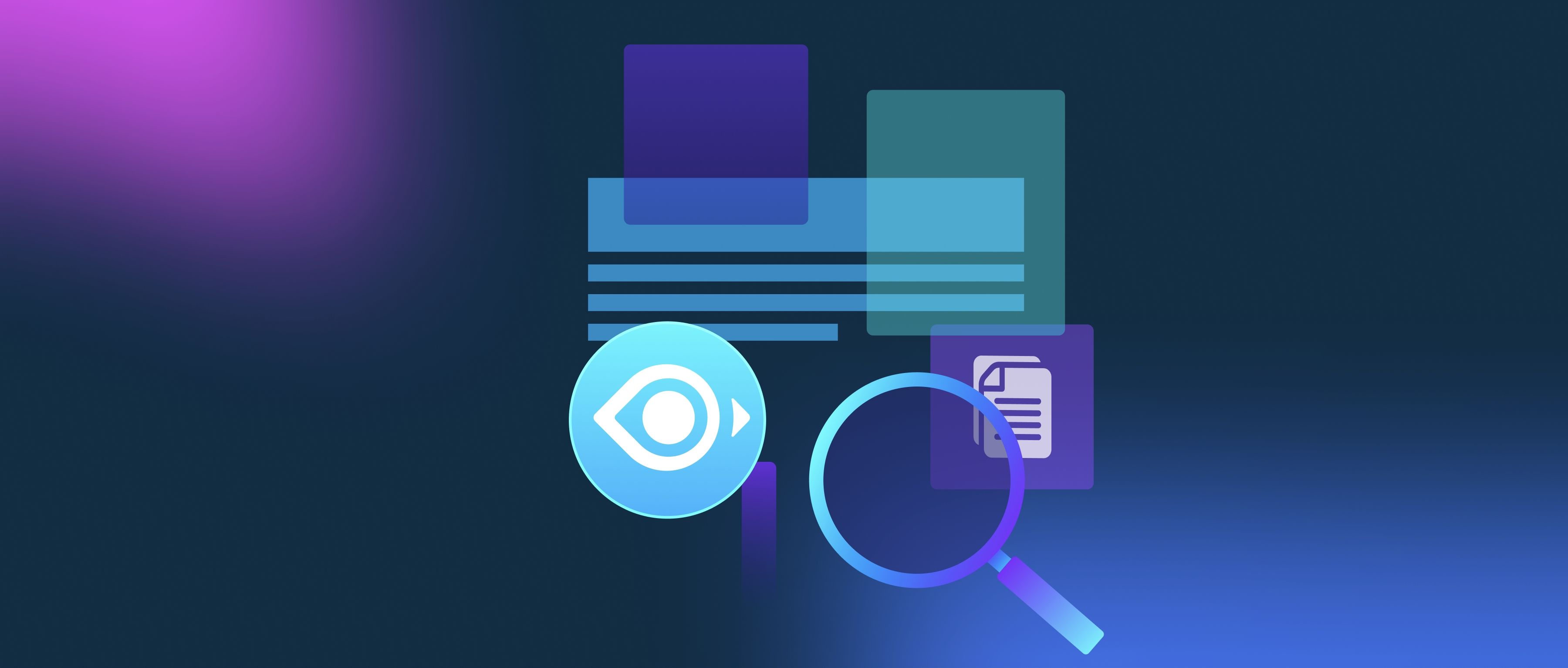Yes, self-supervised learning can be used on noisy data. In fact, one of the strengths of self-supervised learning is its ability to learn useful patterns from datasets that may not be perfectly labeled or may contain noise. Unlike traditional supervised learning, which heavily relies on clean, labeled input, self-supervised techniques can extract meaningful features and representations even when the data is less than ideal.
Self-supervised learning involves generating labels from the data itself rather than relying on external annotations. For instance, in image processing, a self-supervised approach might involve tasks like predicting missing parts of an image or contrasting similar images with dissimilar ones. Even if the data contains noise—like blurry images or partially corrupted labels—the model can still learn by focusing on the consistent patterns present. This ability to leverage inherent structures in the data makes self-supervised learning effective in scenarios where gathering clean data is difficult or overly expensive.
A practical example of using self-supervised learning on noisy data can be seen in natural language processing (NLP). Consider training a language model on text data scraped from the web, which often includes spelling mistakes or grammatical errors. Instead of discarding this noisy data, self-supervised techniques can be tuned to predict masked words or the next sentence based on the surrounding context. Through this approach, the model can learn to understand language patterns without needing pristine data. Thus, while noisy data poses challenges, self-supervised learning can leverage these imperfect datasets to improve performance and robustness.
